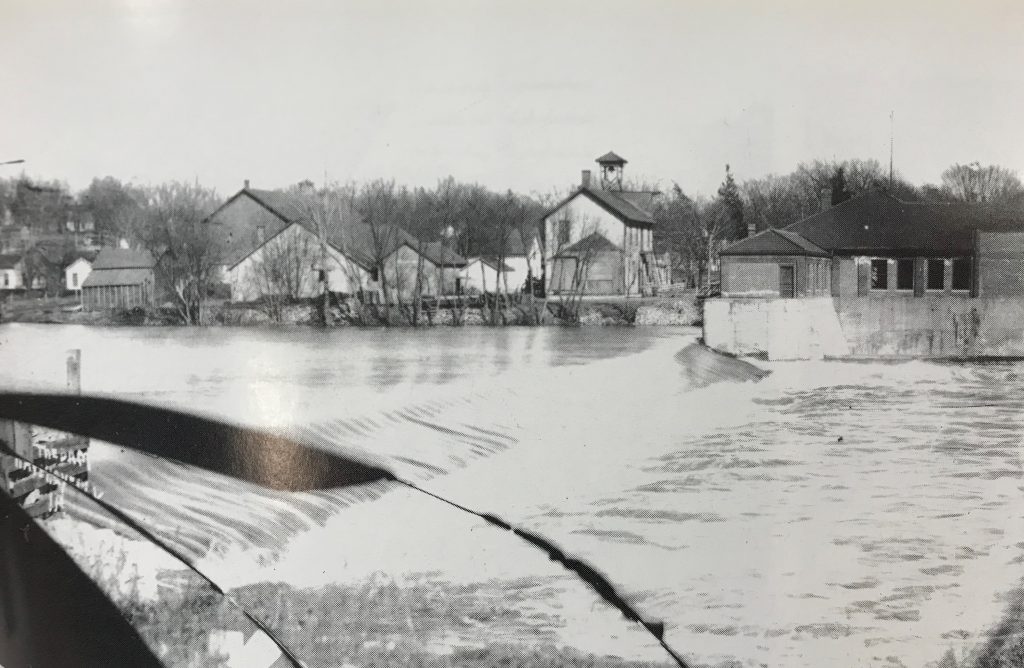The Wet Year that Drove Settlers Away: 1858 in Bremer County
Waverly, Bremer County, Iowa

When Colonel W.V Lucas wrote a series of letters from Santa Cruz, California, “home” to the Waverly Democrat in 1917 and 1918, he included a story about 1858, what he called the “wettest” year in Iowa. In January of that year, he remembered, high water took out the bridge at Waverly that had been built in 1857. High water also took out the mill dam. In the summer so much rain fell that small grain remained mostly uncut and what was cut sprouted in the shocks and stacks so that wheat was of low quality and made nasty, dark bread. Though the Colonel may have been exaggerating when he slyly reports that the Wapsipinicon River “was said” to be 40 miles wide and 30 miles deep, he was truthfully reporting that early settlers imagined the Cedar River could be navigable by steamboat. A steamboat did come up the river as far as Cedar Rapids that year though not to Waverly. Farmers’ dreams of steamboat navigation on Iowa rivers proved unfounded as, in the nineteenth century, the wet year of navigable rivers proved to be the exception.
Nevertheless, in August, 1858, Lucas himself rode his horse out to inspect his fields and found his horse immersed in water halfway up its sides and his corn submerged in the fields with only the tassles visible. “The result of the floods was a very light crop and to add to the loss, nearly all the grain kept over from the year before was spoiled because the granaries were covered with hay, and the water [bled] thru to the grain and ruined it. It was a cheerless year, and discouraged the people so that many of them left the country in the spring of 1859.”
As happens everywhere in any time, economic instability makes the effects of weather hazards worse. Lucas explains that this was the case in 1858 and 1859 when “irresponsible banks” throughout the territory printed their own currency that might fill your pockets one day but be worthless the next. He tells the story of himself and his wife selling a cow for $30 one day, planning to rush to the store with the cash to buy needed items. His wife being in the midst of finishing the laundry, she proposed going to the store the next morning. When they appeared the next morning “with high hopes and a long list of needed items,” the store owner asked which bank had issued the currency. Bank of Anamosa, they said. He told them that that bank had closed its doors the previous afternoon at 4 o’clock. “Millions of dollars of that sort of money was issued and scattered all over the country by speculators with the full understanding that before the stuff would get back for redemption by the bank of issue, the doors would be closed and the holder would be the loser.”
Although Lucas and his family survived and eventually prospered in Iowa, he recalls that many were ruined in 1858-1859 and needed to sell their land and return East to whatever life they could build for themselves. Desperate and eager to sell, they accepted currency from “irresponsible banks” such as one established at Florence, Nebraska, to issue currency used to buy land in Iowa. “The sharpers,” Lucas wrote, knew that the sellers would take the money east and ample time would elapse before they realized that the bank from which it came had collapsed.
Source: SHSI: Colonel W.V. Lucas, Pioneer Days of Bremer County, 1918.
